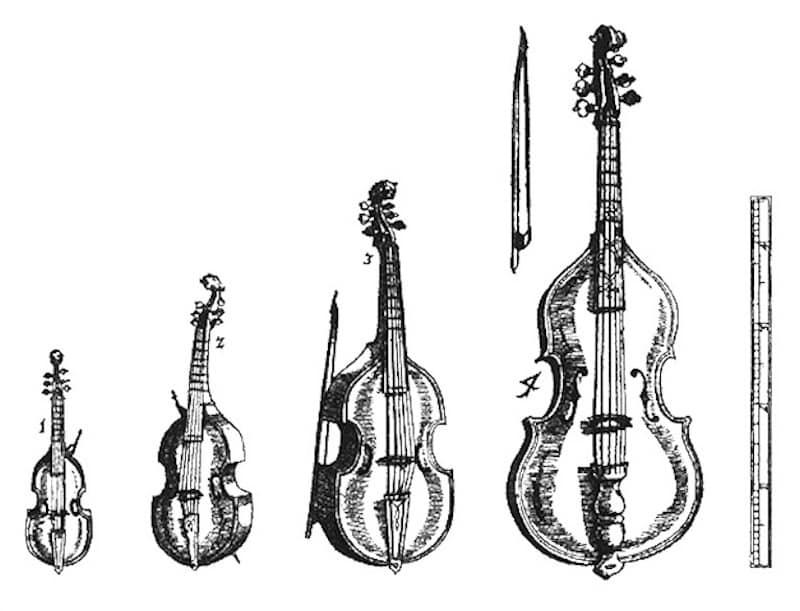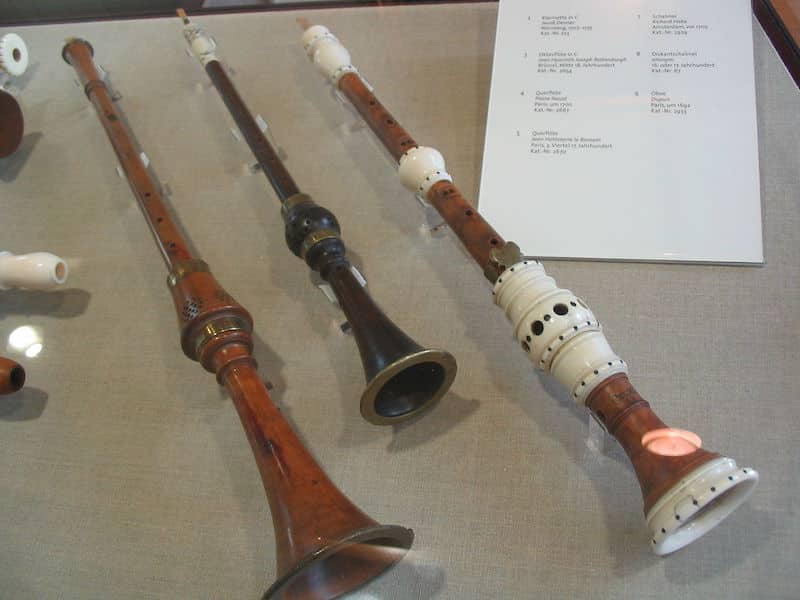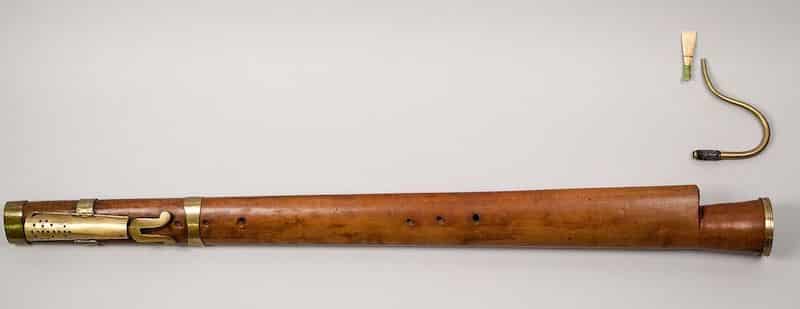Music during much of the Medieval era was dominated by plainsong, which formed part of the Catholic church service. Religious choral music was still ubiquitous in the Renaissance period, which followed on from the Medieval period, lasting from around 1400-1600AD, but composers now had more freedom to write music for its own sake, and instrumental music began to flourish as well, with technological developments meaning that pieces could now be more expressive and technically demanding than ever before.
In this article, we’ll take a look, family by family, at some of the musical instruments that played the beautiful music of the Renaissance period. Some of them had existed in some form or another during the preceding Medieval era, whereas others were completely new developments. And while some of these will be familiar to any lover of classical music today, others have fallen away from use entirely, apart from during period performance, when music of the day is played on faithfully-recreated instruments.
1. The Viol (Viola da Gamba)
Sometimes referred to as Viola da Gamba, the Viol is a family of bowed string instruments that originated in 15th Century Spain.
While, superficially, they might look similar to members of the violin family, they have five or six strings (rather than four).
They are also played differently being held upright and played between the legs like a cello, rather than under the chin like a violin or viola.
2. Shawm
The ancestor of themodern-day oboe, the Shawm is a type of double-reed instrument that was popular in the Renaissance era.
Constructed out of wood, they have a piercing, trumpet-like sound that made them perfect for use in dancing as well as in a military context.
3. Hurdy-Gurdy

Rather like a kind of mechanical violin, the Hurdy Gurdy features a hand-crank-turned wheel that produces a sound when it touches the strings.
Meanwhile, a keyboard is pressed to alter the pitch and play different notes.
Although very uncommon today, it’s still sometimes used in folk music.
4. Sackbut
The Sackbut evolved out of the slide trumpet, before eventually developing into the modern trombone.
The video above is a great example of the sackbut and cornett playing together.
5. Harpsichord
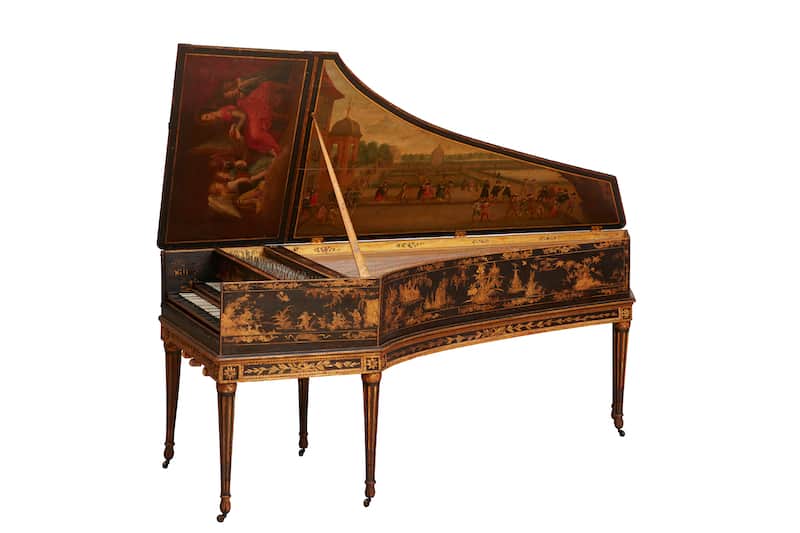
Unlike the strings of a piano, which are hit by a hammer, the strings of a Harpsichord are plucked with a trigger mechanism, giving the instrument its distinctive twangy sound.
The first solo harpsichord works were published in the early 16th Century.
The Clavichord and Virginal are smaller members of the harpsichord family.
6. Bagpipes
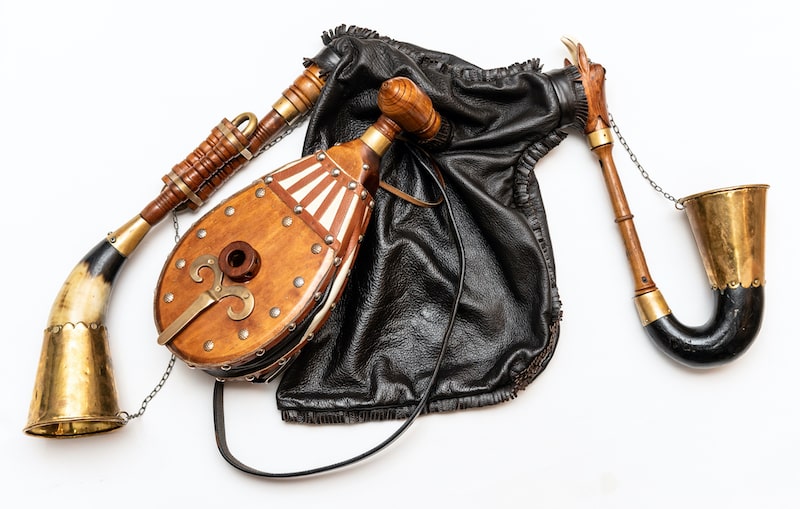
Featuring a bag, which is filled with air via a blowpipe, and a chanter (or melody pipe), the bagpipes are now commonly associated with Scotland but have been played in various places around the world for centuries.
But, in the Renaissance period, they accompanied dances, marches, and outdoor occasions for people of all classes.
7. Crumhorn
The Crumhorn is a bit like the chanter section of the bagpipes but without the bag!
It has an oboe-like double reed, but this is covered by a wind cap, so it is not actually held in the player’s mouth.
It makes a distinctive buzzing sound.
8. Recorder
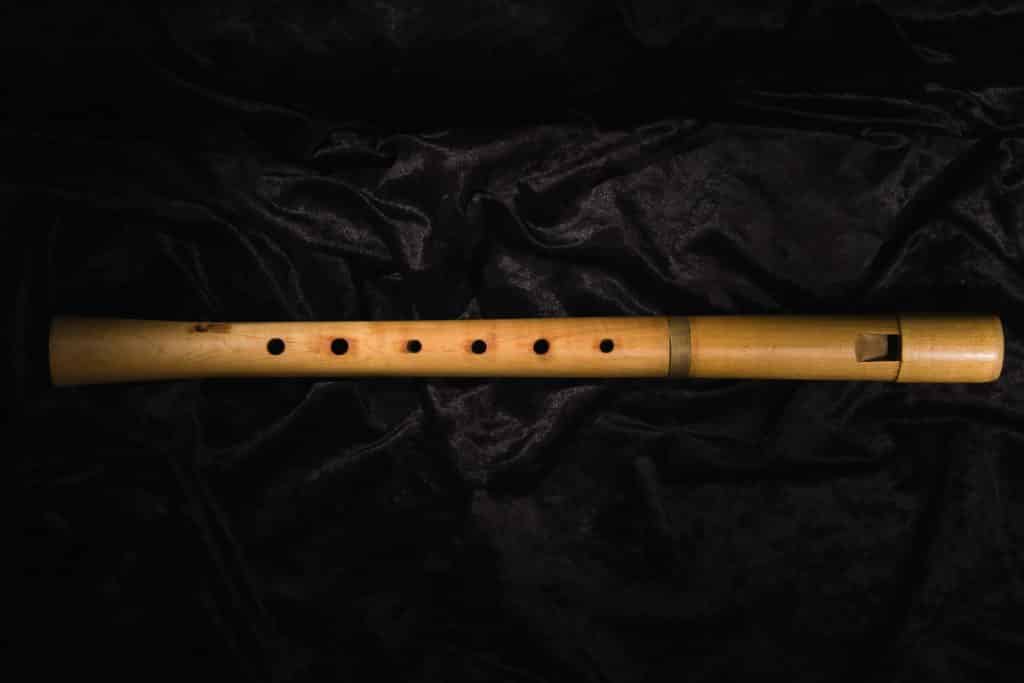
The recorder remains popular as a starter instrument for young children.
Modern instruments are often made of plastic, but in the Renaissance era, they would have been made of wood.
King Henry VIII of England was a keen amateur recorder player.
This piece for recorder consort (an instrumental group) is by English composer Anthony Holborne:
9. Lira da Braccio
The Lira da Braccio looked rather like a violin but had a wider bridge, a flatter fingerboard, and generally had seven strings.
In Italy, it accompanied improvised poetry performances.
10. The Renaissance Harp
The Renaissance Harp appeared in various sizes but essentially resembles its modern-day equivalent.
An interesting variant on this instrument is the Bray Harp also known as the Gothic Harp, which had wooden pins at the base of its strings.
When the strings vibrated against these pins, it caused a buzzing sound that was said to be like the noise of a braying donkey!
The Lyre is another kind of miniature harp, which was initially popular in Ancient Greece.
Unlike a harp, which is plucked with the fingers, it was played at first with a plectrum, while later versions were bowed.
11. Dulcian
A relative of the bassoon, the Dulcian is a large, double-reed instrument made from maple.
It would have played in instrumental chamber ensembles as well as providing accompaniment for dancing and choral groups.
12. Trumpet and Natural Horn
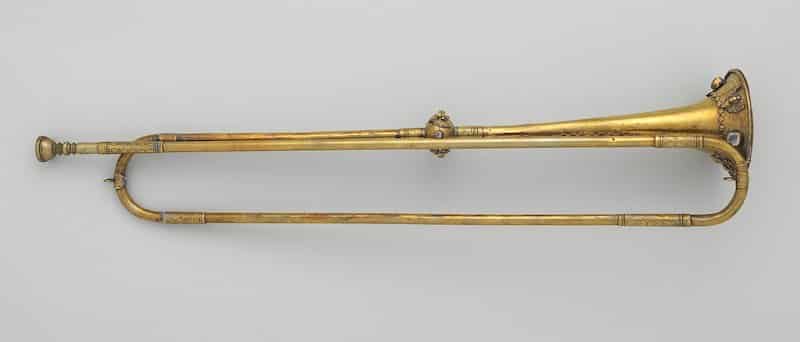
Early Trumpets did not have valves, so could only play notes from the overtone series.
As a result, they were made in various sizes to be able to play in different keys.
Similarly, the natural horn was a valveless predecessor to the modern French horn.
13. Serpent
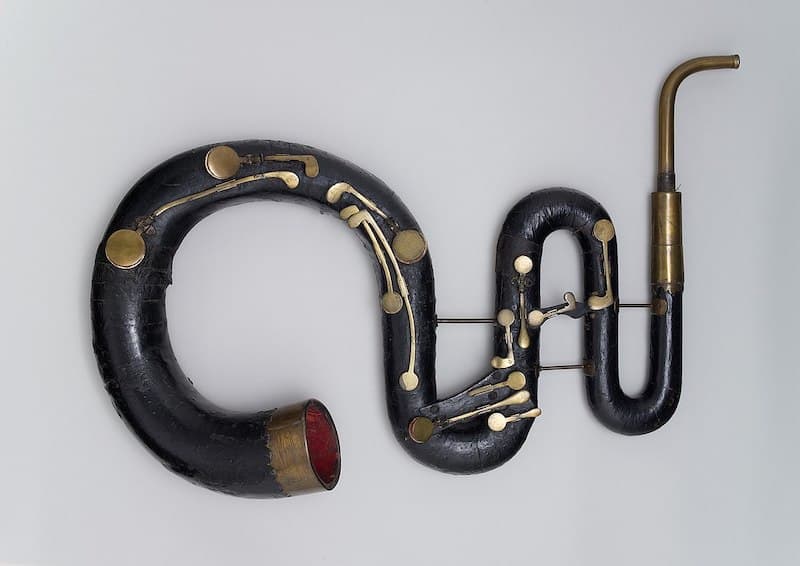
A distinctive-looking item, the serpent is a large, bass register instrument with a curved, snaking shape (hence the name).
It is made of leather-covered wood and has finger holes like a woodwind instrument, but is played with a cup-style mouthpiece and is a distant ancestor of the tuba.
14. Jew’s Harp
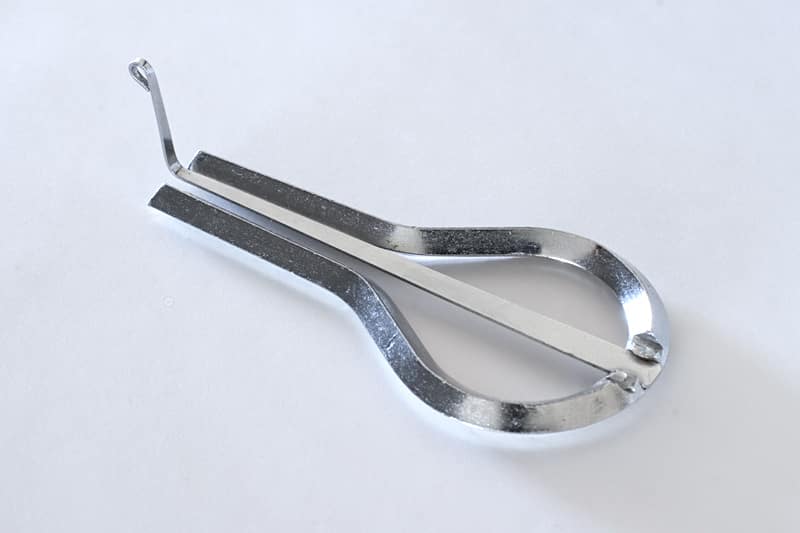
The Jew’s Harp (sometimes called a Jaw Harp) is made of metal and is held against the performer’s mouth to make a sound.
It is then plucked to make a sound, while the mouth shape is altered to produce different pitches.
15. Renaissance Violin
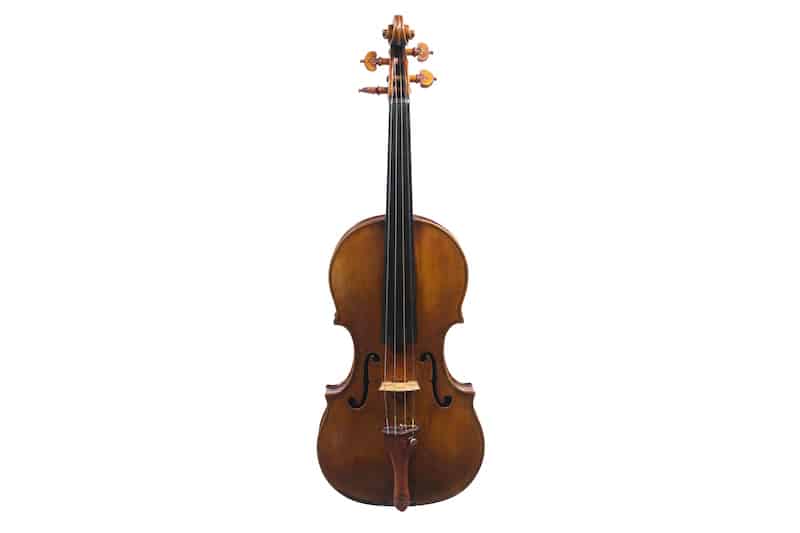
The first violins appeared in Italy during the 16th Century.
This family of bowed four-string instruments, which includes the violin, viola, cello, and double bass, is, of course, still used extensively in classical music today.
However, they did not become widely used until the following Baroque music period, when the orchestra was born.
They were originally viewed as less refined and aristocratic than viols, but would ultimately come to replace them entirely.
16. Lute

A relative of the guitar, the lute was the most important instrument for secular music during the Renaissance period.
As a solo instrument, the fingertip plucking technique enabled it to realize the complex polyphonic style that was popular at the time.
It was also used to accompany singers.
The Theorbo is another member of the lute family, but has a longer neck, providing it with a much greater tonal range.
Meanwhile, the Archlute lies between the tenor lute and theorbo in size and range, and the Mandore, from France, is a smaller, higher-pitched member of the family.
The Vihuela is a type of fretted lute that originated in Spain.
Here is a piece for lute and viol by the Renaissance composer Josquin des Prez:
17. Transverse flute
This is similar to the modern flute (transverse means played-sideways), but at this stage, it would have been made of wood, rather than metal.
They were a lot simpler than their modern-day counterparts being made up of a wooden tube with a cork stopper at the other end with only six finger holes.
This limited the range of notes they could make so they came in lots of different sizes and keys.
They were one of the most popular instruments across Europe with even King Henry VIII having a collection of over 40 of them and being an accomplished player.
18. Cornett
Not to be confused with the cornet, which is a type of modern trumpet, the Cornett (or Cornetto) is made of wood and played rather like a recorder, with finger holes.
However, it is blown with a cup-style mouthpiece like a trumpet.
Cornetts were often used in a consort, alongside sackbuts, to accompany a church choir.
19. Organ
The pipe organ, in which pressurized air is driven through pipes of various sizes to produce musical tones, was used as part of the church service.
Here is a piece for church organ by Thomas Tallis composed during the renaissance era.
Portatives were smaller, portable organs, with bellows operated by hand, while the Regal was a type of reed organ that enjoyed its greatest period of popularity during the Renaissance period.
20. Naker Drums
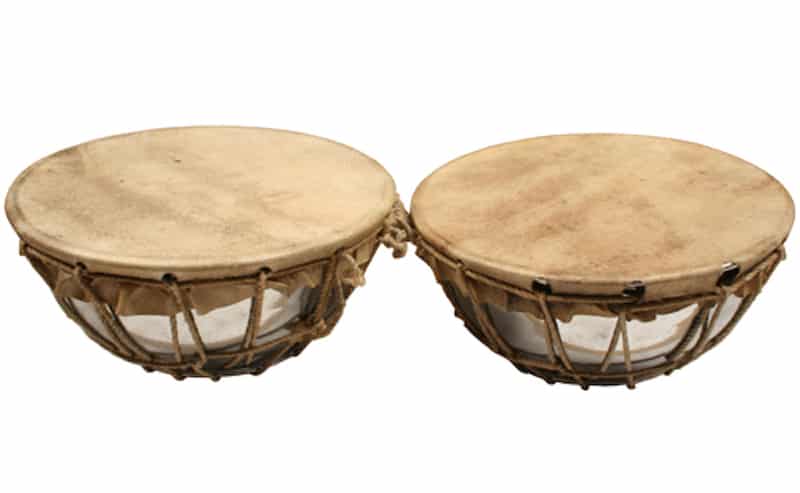
A predecessor of the timpani, the Naker Drum was used in military and ceremonial contexts, and in ensembles featuring louder instruments like shawms, trumpets, and sackbuts.
21. Tambourine
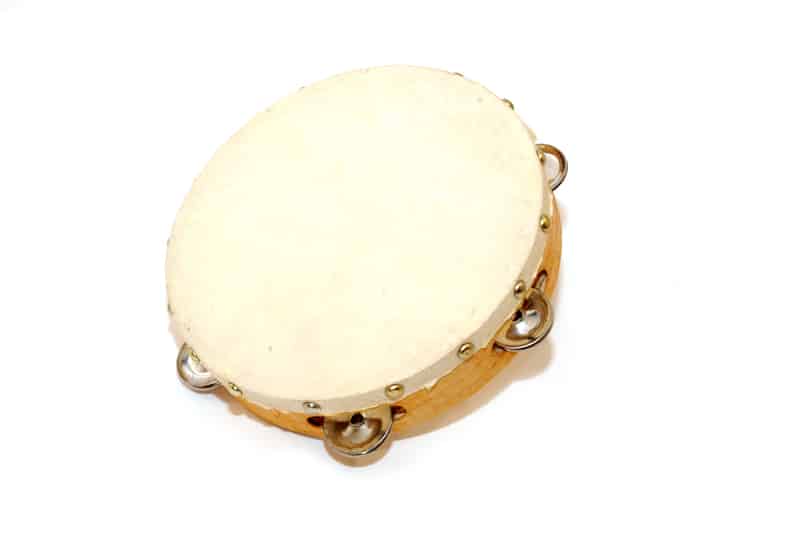
Still often seen today, the Tambourine is a frame drum with metal “jingles” around the outside.
It would have been played by wandering minstrels during the Renaissance period.
Summary of Rennaissance Instruments
We hope you’ve enjoyed learning about the instruments of the Renaissance period.
While some of them were probably already quite familiar, others will have appeared rather strange to the modern reader!
If you’d like to hear more, YouTube has plenty of videos of music from this era being played on authentic period instruments.

